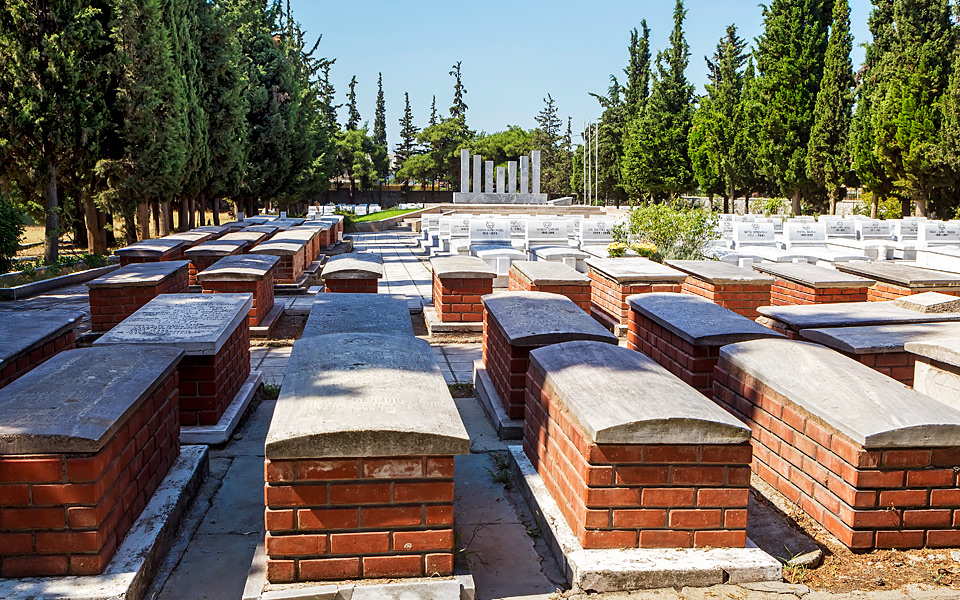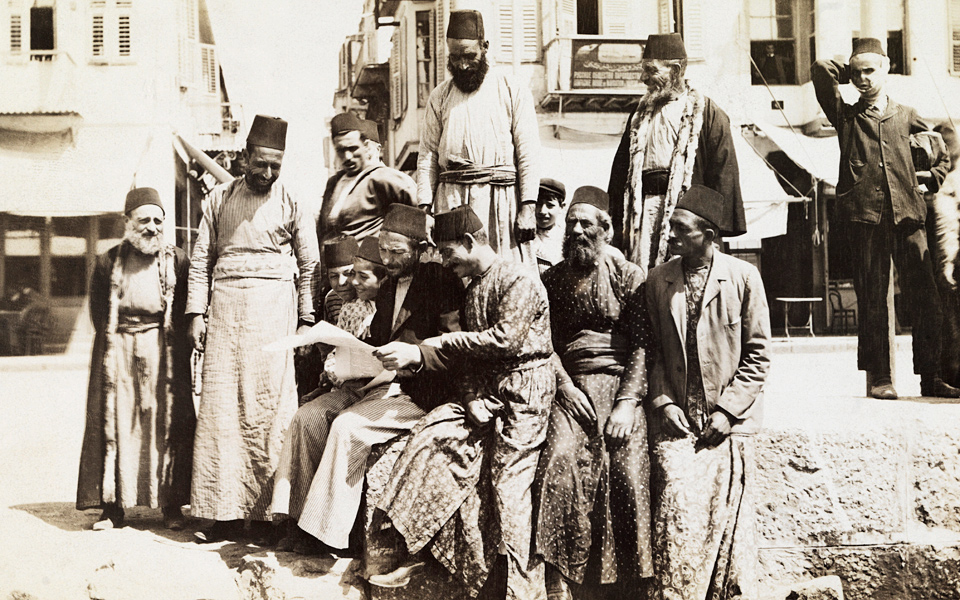What makes the Jewish community of Thessaloniki unique is its continued presence throughout the city’s 2,300-year history, a rare fact in the annals of Jewish history, even for Jerusalem or Alexandria. Especially between 1492 and 1912 the Jewish community was not only the largest of all ethnic communities living here but also the largest Jewish community in the world. Thessaloniki was known as Madre de Israel, the Mother of Israel, to its Spanish Jewish inhabitants and as the Jerusalem of the Balkans to non-Jews.
In 331 BC Alexander the Great granted the Jews who had been slaves for approximately 250 years equality under the law. This brought many of them to settle in cities of the Hellenistic Empire and become Hellenized. The first Jews settled in the newly-established Thessaloniki in 315 BC.
Favorable conditions attracted many Jews to migrate to Macedonia throughout history. The Ottoman conquest of Macedonia in 1430 was followed by a great influx of European Jews expelled from their home countries, particularly from Spain. At the time, Salonica had only 2,000 inhabitants, so the 20,000 Sepharadim, Spanish Jews, who settled in the city, contributed to its demographic and economic rebirth. They dealt in international trade, finance, medicine and pharmacology. Many introduced new crafts such as the manufacturing of arms and gunpowder, as well as textiles.
By the turn of the 16th century, at a time when all other Greek cities were in decline, Salonica had acquired 29,000 citizens, 50 percent or more of whom were Sepharadi Jews. The new settlers gave Salonica an international character and made it the second most important port in the Ottoman Empire. In the 16th century, known as the Golden Age of Salonica, the Sepharadi established libraries, an important Talmudic Academy, a printing press (1527) and a Conservatory for Jewish religious singing. They also founded 31 independent synagogues, with names reflecting the geographical origin of the newcomers, such as Provincia, Majorca, Castillia, Catalan, Aragon, Evora, Italia and Sicilia. Within 100 years all the Jews in Salonica spoke Judeo-Spanish. For more than four centuries, 50 percent of the city’s multiethnic population being Jewish, this language was also spoken by many Christians or Muslims, underscoring their peaceful coexistence.
In the 17th century, Ottoman losses of their territories in Europe and the discovery of new commercial routes caused Thessaloniki’s economic decline. This brought spiritual and social impoverishment and, as a result, Salonica’s Jewish community lost its former glory. Nonetheless, the city that had become famous as a Jewish metropolis continued to attract new settlers.
Between 1878 and 1914, flour mills, brick factories, breweries, soap-works and silkworm nurseries, carpet- and shoe-making factories and, above all, several large tobacco workshops were created, mainly by Jews. Yet most of the Jewish population was poor.
From 1878 Thessaloniki was connected to Europe by railway, its port was renovated and the city entered modern times. The creation of banks facilitated commerce and contributed to the economic growth and social uplifting of its inhabitants. All of the four theatrical halls established then were owned by Jews. The Workers’ Union created in 1909 by a group of Salonica Jews was the most important socialist organization in the Ottoman Empire.
Between 1865 and 1940, more than 50 Jewish newspapers were published in the city, most of them in Judeo-Spanish but several also in Turkish, French and Greek, representing all the political movements then current. Since the Jews constituted the largest multiethnic population, they largely determined the city’s social and political dynamics. For example, the port remained closed on Saturdays as well as during all Jewish holidays up until 1923, that is 10 years after the city was incorporated into the modern Greek state.
In the interwar period, which in Thessaloniki started with the big fire of 1917, the Greek government passed laws aimed to Hellenize the city. Slowly the Jews became segregated and turned into second-class citizens. This policy legalized anti-Semitic activities and led to the outbreak of a pogrom that drove many Salonika Jews to emigrate.
Nevertheless, the ancient Jewish community stopped developing only with the arrival of the Nazis, who murdered 96 percent of its members and destroyed most of its cultural wealth.
• Dr. Rena Molho has taught and published extensively about the history of Ottoman and Greek Jewry. For her work she won the Athens Academy Award (2000) and the Alberto Benveniste Award for Research in 2015. She was also decorated as Chevalier de l’Ordre des Palmes Académiques by the French government in 2010.

© Shutterstock
Lasting Monuments Visitors coming for the first time to Thessaloniki encounter a basically Byzantine city because historical events, such as the devastating fire that destroyed most of the Jewish monuments in 1917 and the annihilation of the Jewish community during the German occupation, erased the city’s Jewish character. Reconstruction after the end of World War II, which reached its peak in the 1960s, made the few remaining traces of the 2,000-year year Jewish presence in the Macedonian capital even less evident. What the visitor can see today are the three surviving synagogues, some surviving mansions with the most outstanding being the Villa Allatini (198 Vassilisis Olgas), the Modiano Market, the New Jewish Cemetery in the Stavroupoli area of the city and the Holocaust Memorial Menorah in Freedom Square. The Memorial Menorah is a modern monument dedicated to the memory of 50,000 Thessaloniki Jews murdered in death camps.











